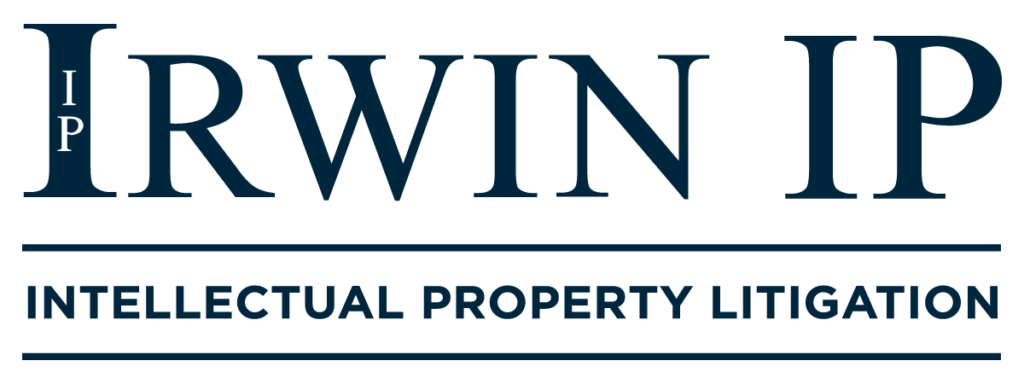In trademark disputes, the likelihood of confusion analysis—guided by the DuPont factors—is a balancing test with the fame of a mark often tipping the scales. The Federal Circuit highlighted this issue in its critique of the Trademark Trial and Appeal Board’s analysis of the “Cognac” certification mark. In Bureau v. Cologne & Cognac Entertainment, the Cognac producers’ union and Institut National des Appellations d’Origine, the French certification agency, opposed the trademark application for “Cologne & Cognac Entertainment” for a hip-hop record label. The Board dismissed the Bureau’s opposition to the registration of the mark for failing to achieve fame as a certification mark. The Court uncorked its analysis by disagreeing with the Board’s findings on fame and its DuPont analysis. The Court also reviewed an issue of first impression—how to treat sales and advertising expenditures as evidence of fame when a certification mark is used alongside a house or product mark, e.g. Hennessy Cognac. Concluding that the case required another round, the Court vacated and remanded the Board’s decision.
While not a registered mark in the U.S., long-standing French standards have given Cognac a common law certification mark and protection under 27 C.F.R. § 5.145, prohibiting use of the term on spirits except for “[g]rape brandy distilled exclusively in the Cognac region of France which is entitled to be so designated by the laws and regulations of the French government.” So, to bear the Cognac name, a brandy must meet specific legal standards set by the Institut for the grapes used, distillation process, and aging.
The Court found the Board erred by requiring that Cognac be famous for its “certification status”—that “Cognac” conveys the liqueur is certified—rather than for other indications such as its geographic origin, quality, or method of manufacture. The Court concluded that not only was there no statutory requirement that consumers be aware of the certification status of a certification mark, but that such a requirement could be impractical and inconsistent with ordinary purchasing behaviors.
As an issue of first impression, the Court found the Board erred by relying on the ‘inconspicuous’ usage (small ‘cognac’ type on the bottle) to support a conclusion that sales were not ‘unequivocal[ly]’ linked to Cognac, and not Hennessy, for example. Instead, the Board should have considered context-specific evidence to determine whether a portion of the sales and advertising evidence could be attributed to the Cognac mark over the house or product mark, and thus indicative of the fame of the certification mark. Indicia of critical attention and the general reputation of a marked product—evidence present, but not properly credited—contradicted the Board’s findings. The Court highlighted that because fame is the dominant element for the likelihood of confusion analysis, the Board should reconsider all of the relevant DuPont factors on remand.
In 1998, the Institut successfully resisted the generification of the Cognac mark and, along with related unions, the Institut has been involved in various U.S. suits to shield their marks. Given how protective the Institut and the Cognac union have been over the certification mark, trademark applicants should be cautious of incorporating a famous certification mark into their own marks for different services or goods. The fame of the certification may carry significant weight in a likelihood of confusion analysis, even where the public is not aware of its certification purpose. As Snoop Dogg has noted, “Cognac is the drink that’s drank by Gs.” That type of fame may be difficult to counter.
